Miró
- 96pages
- 4 heures de lecture

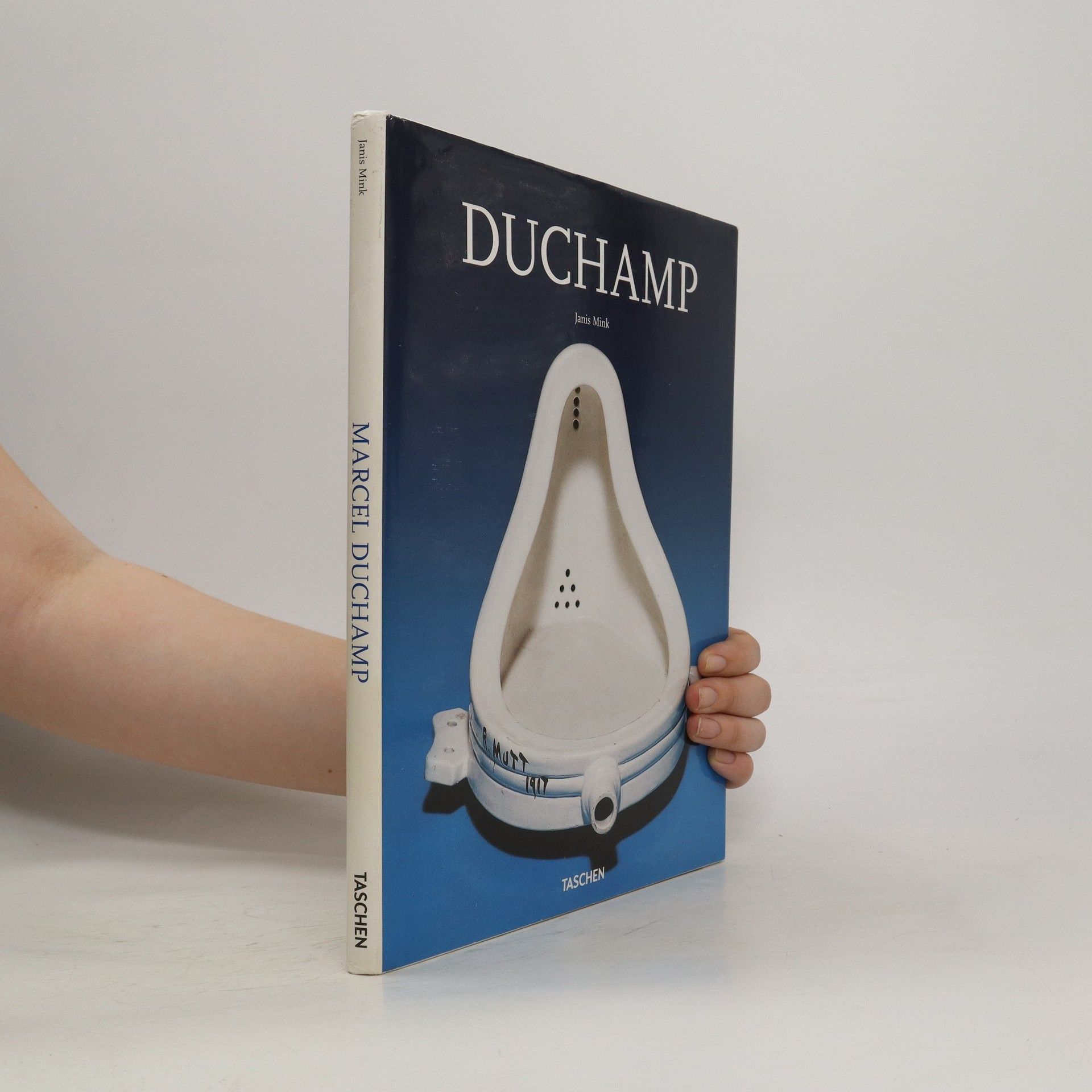
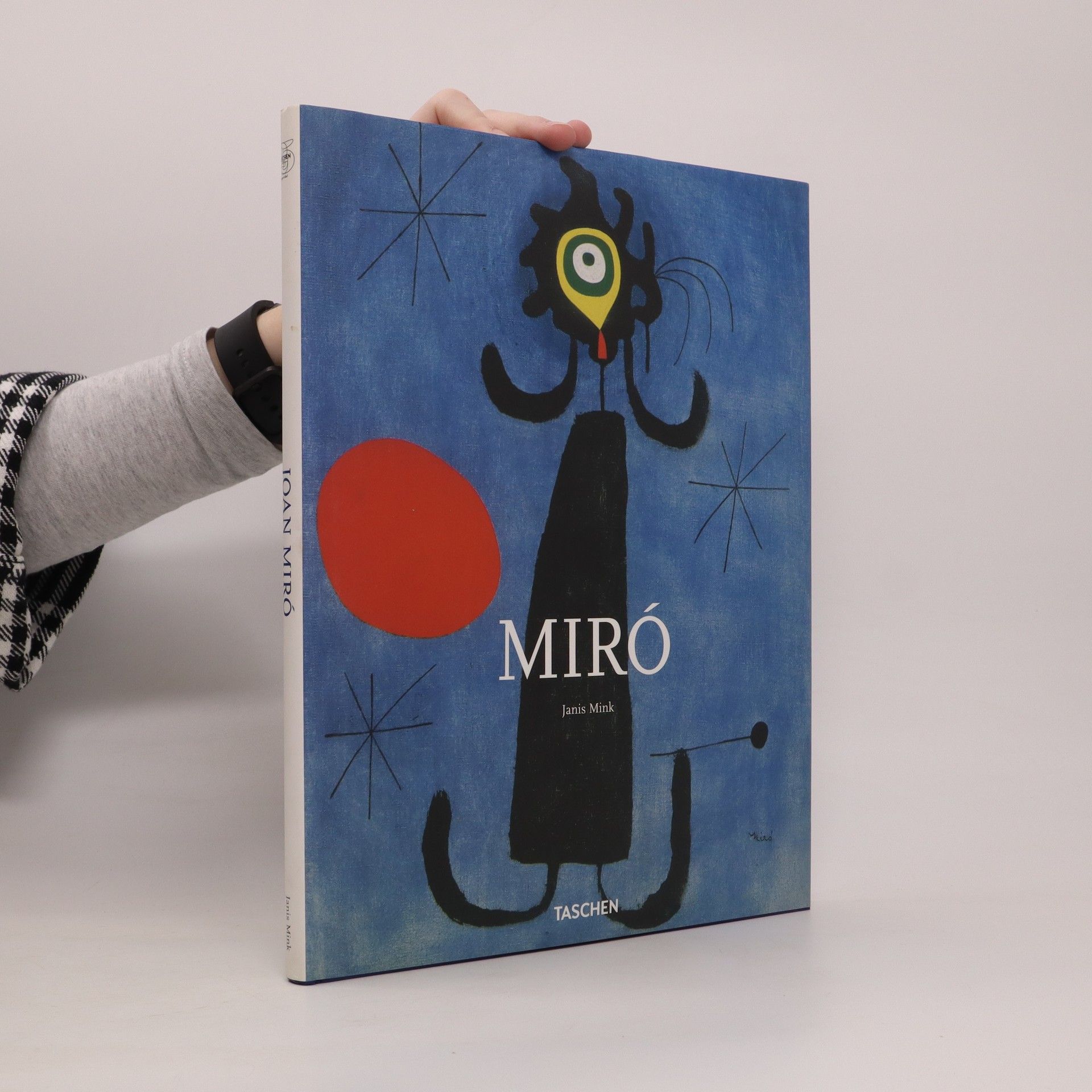
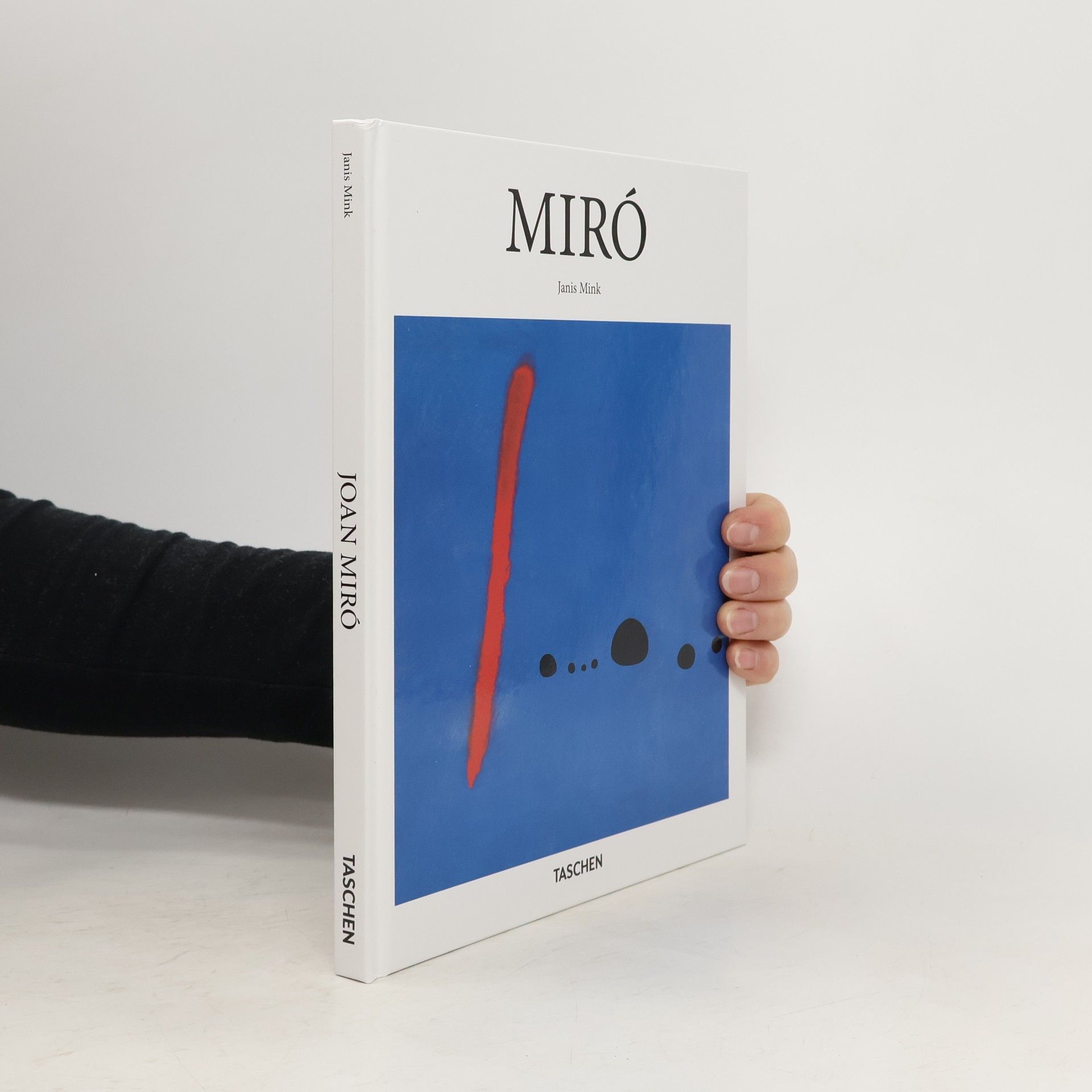
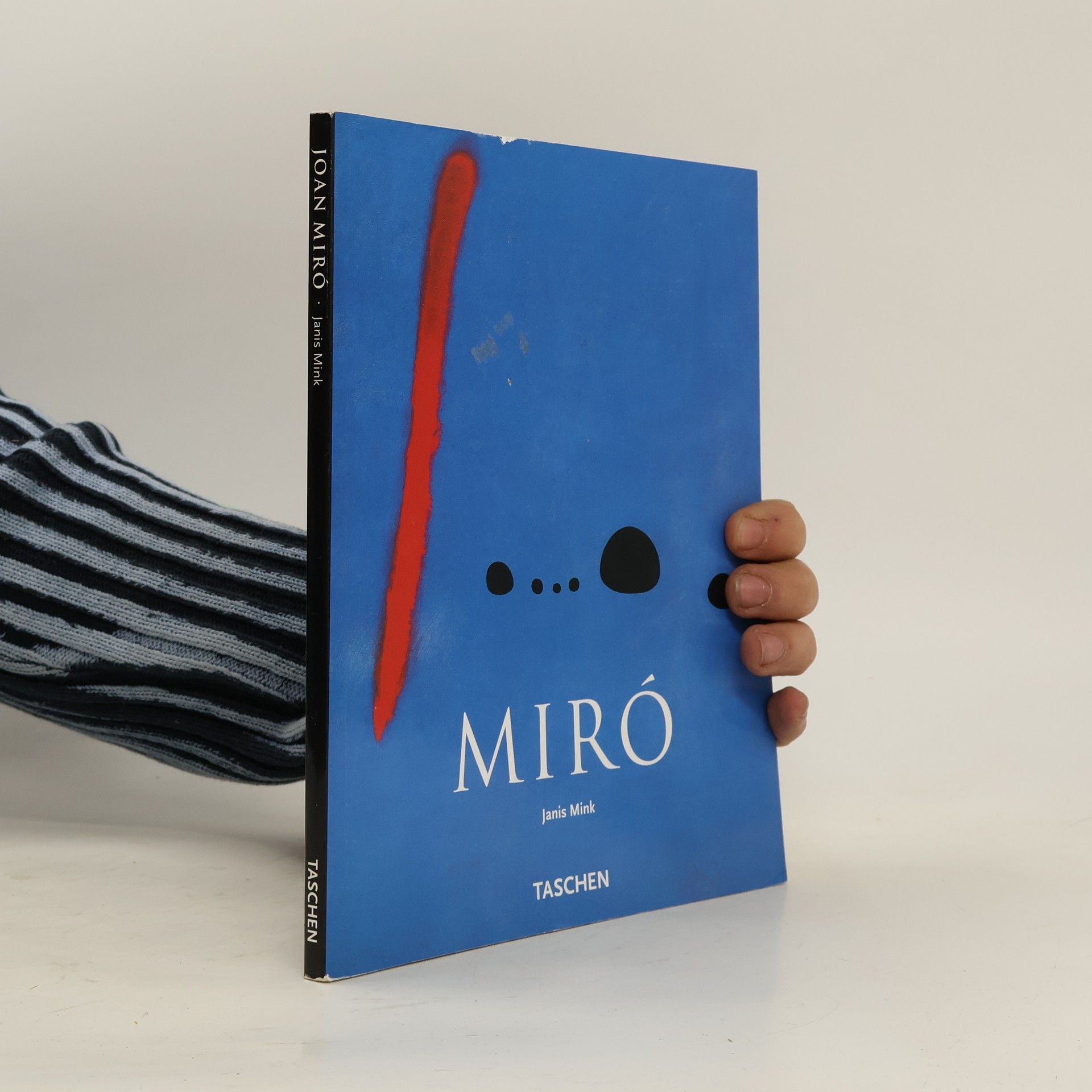

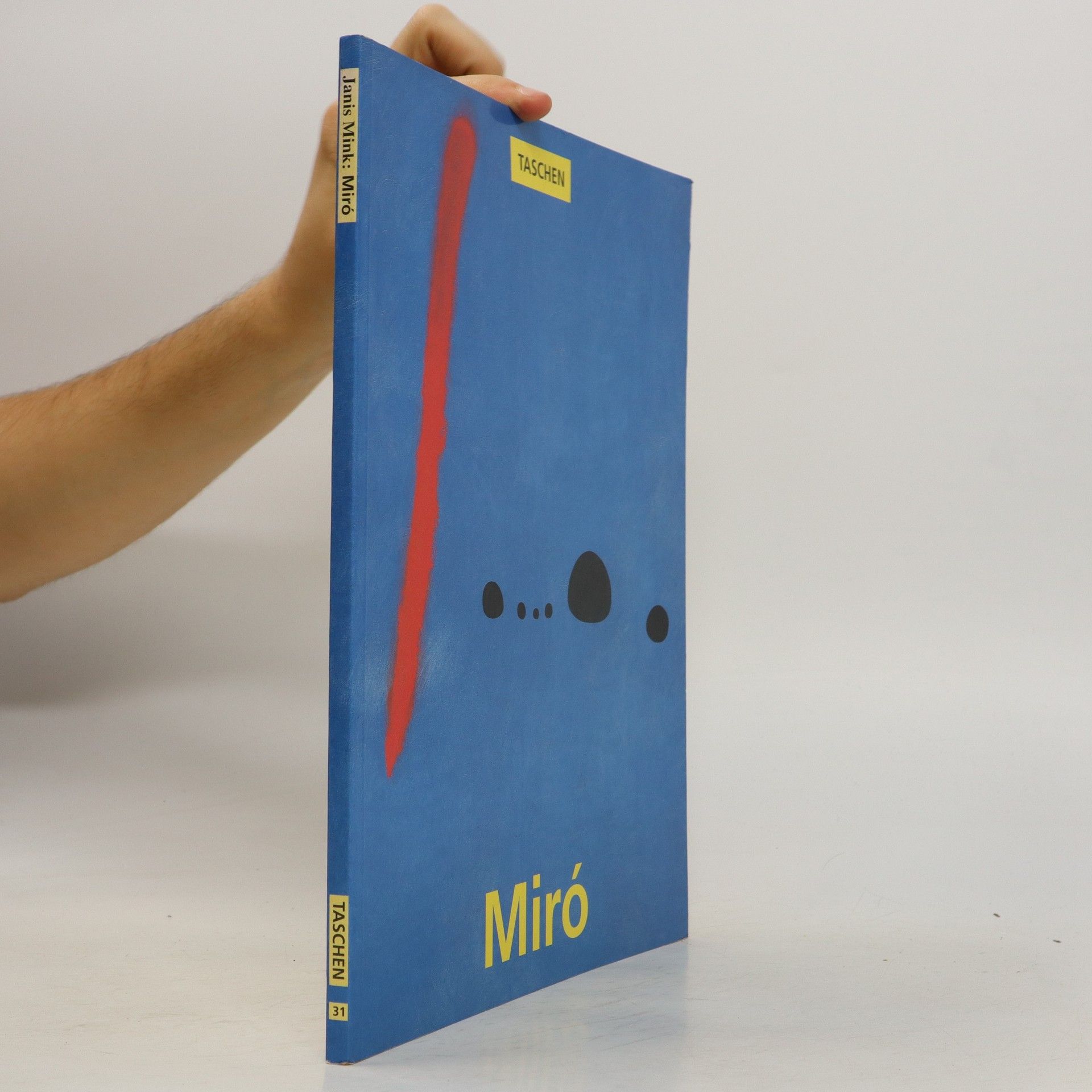
Marcel Duchamp (1887-1968) n'a peut-être pas inventé la roue, mais il a découvert le ready-made. Un porte-bouteilles n'est sans doute qu'un porte-bouteilles mais, signé Duchamp, c'est surtout l'une des oeuvres d'art les plus importantes du XXe siècle. Marcel Duchamp s'est à la fois révélé comme une énigme pour les historiens de l'art et une grande source d'inspiration pour les artistes. Cette étude s'attaque au mythe et révèle le charisme fascinant de Marcel Duchamp.ŒŒDepuis les années 1960, il est considéré par nombre d'historiens de l'art et de critiques comme l'artiste le plus important du XXe siècle. Déjà, André Breton le qualifiait d'" homme le plus intelligent du siècle ". Notamment grâce à son invention des ready-made, son travail et son attitude artistique continuent d'exercer une influence majeure sur les différents courants de l'art contemporain. Il est vu comme le précurseur et l'annonciateur de certains aspects les plus radicaux de l'évolution de l'art depuis 1945. Les protagonistes de l'art minimal, de l'art conceptuel et de l'art corporel (body art), dans leur inspiration, leur démarche artistique et idéologique, témoignent de l'influence déterminante de l'ouvre de Duchamp. Il aurait également été, d'après les nombreux essais qui lui sont consacrés, l'inspirateur d'autres courants artistiques dont le pop art, le néodadaïsme, l'op art et le cinétisme
Miró's world of forms resembling shorthand symbols Joan Miró (1893-1983) is one of the most significant Spanish painters of the twentieth century. His early work clearly shows the influence of Fauvism and Cubism. The Catalan landscape also shapes the themes and treatment of these initial works. In his travels, Miró encountered the intellectual avant-garde of his time. His friends included Francis Picabia, Tristan Tzara, André Masson, Jean Arp and Pablo Picasso. From the mid-twenties onward, Miró strove to leave direct objective references behind and developed the pictograms that typify his style. The pictures of this period, which include perhaps the most beautiful and significant ones of his whole oeuvre, dispense with spatiality and an unambiguous reference to objects. From now on, the surfaces are defined by numerals, writing, abstract emblems, and playful figures and creatures. Nineteen forty four saw the beginning of his extensive graphic oeuvre, ceramics, monumental mural works, and sculptures. In these works, too, the Catalan artist sought the solid foundation of a figurative, symbolic art with orientation as regards faces, stars, moons, rudimentary animal forms, letters. Joan Miró developed in several stages his characteristic flowing calligraphic style and his world of forms resembling shorthand symbols. About the Each book in TASCHEN’s Basic Art series
Explore the lyrical seven-decade career of Catalan-born Joan Miró, a towering figure of 20th-century art, whose highly individual style reflected Surrealist, Dadaist, and abstract elements in dazzling colors and unique symbolic narratives. From automated drawing to sculptures made of gas, this modernist legend abandoned categorization and...
Joan Miro (1893-1983) is one of the most significant Spanish painters of the twentieth century. His early work clearly shows the influence of Fauvism and Cubism. The Catalan landscape also shapes the themes and treatment of these initial works. This title features a detailed chronological summary of the artist's life and work.
Marcel Duchamp (1887–1968), Kunstrevolutionär, Erfinder des Readymades, obsessiver Schachspieler und Schweigeartist, stellte zu Beginn des 20. Jahrhunderts alle überkommenen Kunstformen in Frage. Seine Arbeiten, nicht zuletzt seine Readymades wie das berühmte Pissoir oder der Flaschentrockner, sind das ebenso subversive wie radikale Fazit einer kritischen Auseinandersetzung mit den Produktions- und Vermarktungsbedingungen der Kunst im Industriezeitalter. Während der junge Duchamp noch Monet bewundert, Fauvismus, Kubismus und zeitweilig auch dadaistischen und surrealistischen Positionen nahegestanden hatte, formuliert er durch seine Arbeiten schon wenig später einen neuen Kunstbegriff und rechnet mit der Zunft gründlich ab. Dass Duchamp Selbstironie und Zweifel insbesondere auch im Hinblick auf die eigenen Arbeiten konstruktiv verstanden wissen wollte, bringt eine seiner wenigen Äußerungen zum Thema bestens zum Ausdruck: „Ich zwinge mich, mir selbst zu widersprechen, um zu vermeiden, dass ich mich nur meinem eigenen Geschmack anpasse.“ Kunsthistorikern war Duchamp ein Rätsel, anderen Künstlern jedoch ein ergiebiger Quell der Inspiration. Diese Studie behandelt den Mythos Marcel Duchamp und macht das bezwingende Charisma dieses Künstlers verständlich.